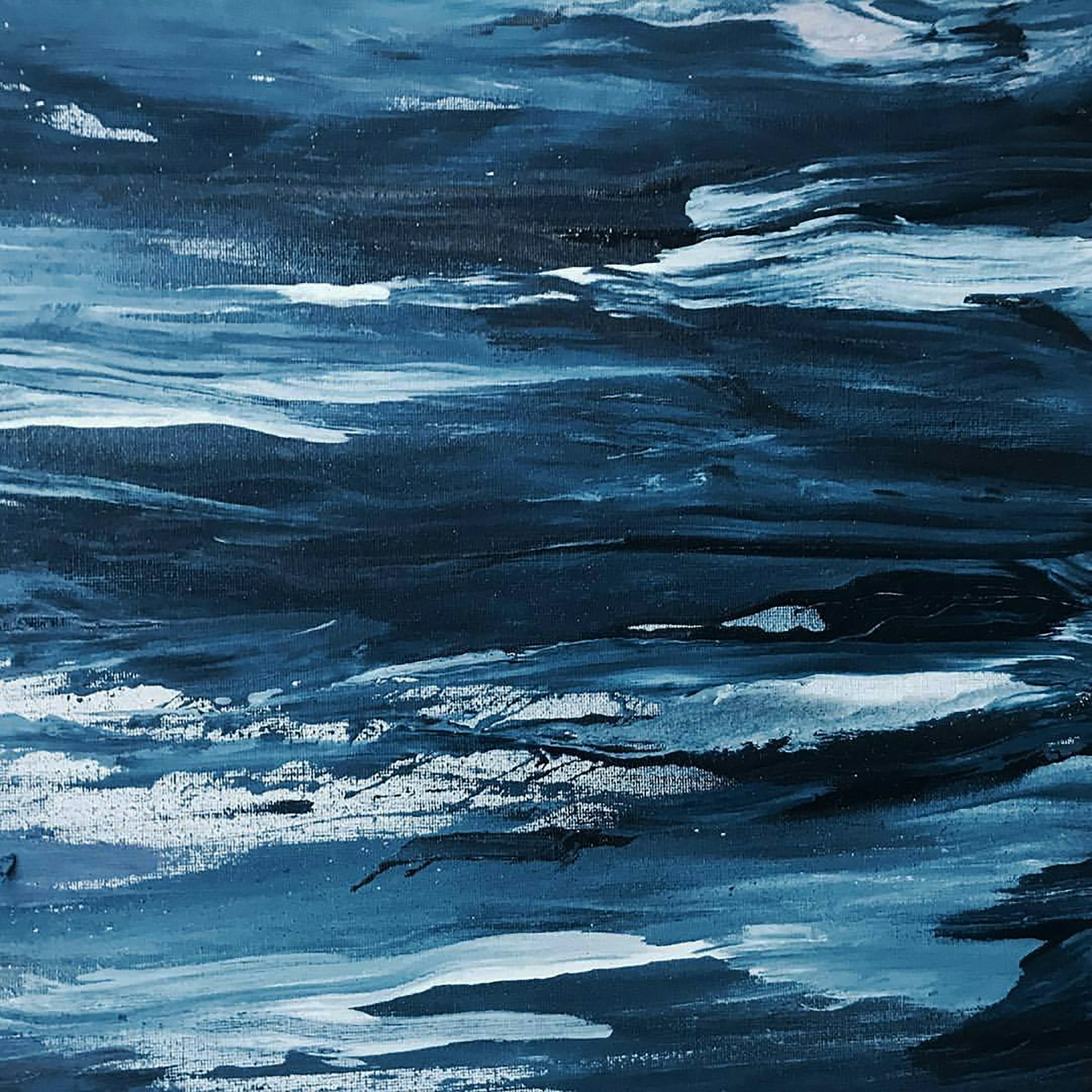Navigating the Digital Canvas: The Evolution and Impact of Digital Art on Contemporary Culture

The advent of digital technology has ushered in a new epoch for the art world, morphing traditional canvases into dynamic digital screens and transforming artists' palettes from physical mediums to software applications. This digital revolution has not only expanded the horizons of artistic expression but also profoundly influenced contemporary culture, reshaping our perceptions of art, its creation, and its consumption. As we delve into the intricate tapestry of digital art, it becomes clear that its evolution is not merely a chapter in art history but a reflection of broader societal shifts towards the digital realm.
The Dawn of Digital Artistry
Digital art's genesis can be pinpointed to the latter half of the 20th century when the first computer-generated images began to emerge. These early explorations were the precursors to a vast and varied digital art landscape, encompassing everything from pixel art in the 80s and 90s to the sophisticated 3D modeling and digital painting prevalent today. This journey from rudimentary digital experiments to complex creations has been propelled by leaps in technology, including the advent of personal computing, the internet, and mobile technology.
The Democratization of Creativity
One of the most significant impacts of digital art has been its role in democratizing artistic creation. High-quality digital art tools and platforms are now accessible to a broad audience, enabling anyone with a computer or smartphone to explore their creativity. This accessibility has led to a surge in artistic expression and innovation, breaking down barriers that once limited art creation to those with formal training or access to physical materials and spaces.
Digital Art in the Public Sphere
Digital art has also made its mark on the public sphere, influencing everything from advertising and media to public installations and performances. Digital imagery and animations saturate our media landscape, shaping aesthetic trends and visual communication. Moreover, digital installations and projections have transformed public spaces into interactive art experiences, merging the physical and digital worlds in captivating ways.
Social Media: The Global Gallery
Social media platforms have become the modern galleries for digital art, providing artists with a space to showcase their work to a global audience. Instagram, Twitter, and Tumblr, among others, have enabled artists to bypass traditional gatekeepers of the art world, fostering direct connections with audiences and communities. This shift has not only empowered artists but also changed the way art is discovered, shared, and celebrated.
The Rise of NFTs and the Digital Economy
The recent emergence of Non-Fungible Tokens (NFTs) has further propelled digital art into the spotlight, creating a new digital economy around art ownership and collection. NFTs have challenged traditional notions of art ownership, scarcity, and value, sparking debates around the environmental, ethical, and economic implications of blockchain technology. Despite these controversies, the NFT phenomenon has highlighted the growing significance of digital art in the cultural and economic landscape.
Challenges and Criticisms
Despite its advancements and contributions, digital art is not without its challenges and criticisms. Issues of copyright infringement, the impermanence of digital media, and the oversaturation of content are ongoing concerns. Moreover, the rapid pace of technological change raises questions about the preservation of digital art and its historical record. Critics also debate the depth and authenticity of digital creations compared to traditional art forms, though many argue that digital art merely represents a different medium of expression, not a lesser one.
Future Frontiers: AI and Interactive Art
Looking forward, the boundaries of digital art continue to expand with advancements in artificial intelligence (AI) and interactive technologies. AI-generated art, which uses algorithms to create images, music, and even poetry, challenges our understanding of creativity and authorship. Similarly, interactive and immersive digital installations offer new ways for audiences to engage with art, blurring the lines between creator and spectator.
Conclusion
The evolution of digital art reflects broader trends in technology, society, and culture, highlighting the increasingly digital nature of our world. From its early experiments to the complex creations of today, digital art has proven to be a dynamic and influential force, challenging traditional boundaries and offering new possibilities for creativity and expression. As we navigate the digital canvas of the 21st century, the impact of digital art on contemporary culture continues to unfold, promising an ever-evolving landscape of innovation and inspiration.
